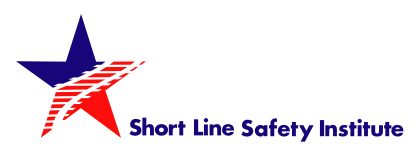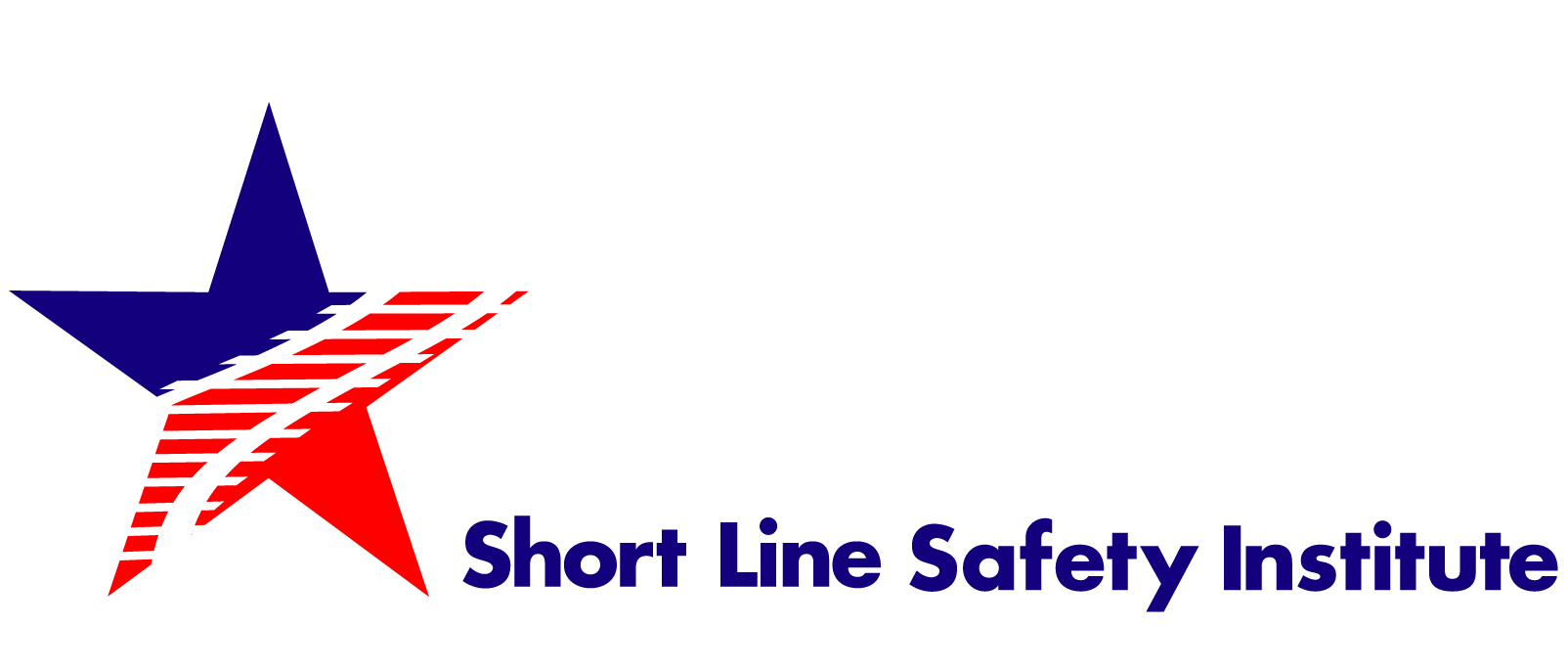WASHINGTON – May 20, 2021 – The Short Line Safety Institute (SLSI) has published a report aggregating the results of Safety Culture Assessments completed at short line railroads during 2020. The analysis highlights which of the ten core elements of a strong safety culture are consistent strengths, and provides guidance to the SLSI in prioritizing the development of new programs, resources and tools to address industry needs. The analysis will also assist in building best practices for each of the elements that are evaluated as part of the Assessment process.
“The Safety Culture Assessments have been very well received by the short line industry, benefitting the individual railroads directly and the industry through the SLSI’s development of tools and programs in an effort to continuously improve safety culture,” said Tom Murta, Executive Director of the SLSI. “The 2020 analysis documents areas of continued strength across railroads, such as valuing safety above competing priorities, leadership’s commitment to safety and modeling safe behaviors, and employees feeling empowered to work safely and report safety concerns. The study also highlighted areas where the SLSI can be helpful, and we will seek to develop solutions for short line railroads to meet identified needs.”
Some of the key takeaways presented in the analysis include:
-
- Safety Values, or railroad leadership’s commitment to demonstrating that business objectives are not prioritized over safety, continues to be the #1 Safety Culture Strength across assessed railroads since 2017.
- Safety Culture Element #10, Training and Resources are Available to Support Safety, continues to be the top element for which SLSI Assessors have been able to provide best practice guidance and supporting materials for improvement across assessed railroads since 2017.
- Hazardous Materials Exercises and Training continues to be an expressed Opportunity Area for railroads, and was identified more often in 2020 than in previous years.
- Housekeeping, including the proper storage of tools and materials as well as potential OSHA related issues, is a less prevalent Gap/Opportunity in 2020 than previous years.
The top three Opportunity Areas identified from Safety Culture Assessments conducted in 2020 include:
-
- Safety Culture Element #10 – Training and Resources Are Available to Support Safety
Those who manage and operate the system must have current knowledge about the human, technical, organizational, and environmental factors that determine the safety of the system as a whole, and have the tools and equipment available to perform their job duties in the safest manner possible. In addition, the organization must ensure that the personnel, procedures, and other resources needed to ensure safety are available. Understaffing safety-critical positions or not having formal, written procedures for ensuring safety can be just as detrimental as a lack of physical equipment. - Safety Culture Element #4 – Reporting Systems and Accountability Are Clearly Defined
Organizations must ensure that reporting systems and lines of accountability are in place so that safety issues can be promptly identified, fully evaluated, and promptly addressed and corrected commensurate with their significance.
-
Safety Culture Element #1 – Leadership is Clearly Committed to Safety
The importance of leadership in fostering a strong safety culture was clearly indicated by the fact that almost all the Safety Culture Assessments explicitly included some mention of leadership commitment to safety. Leaders across all layers of a railroad must model safety-first attitudes and behaviors. Employees learn what the accepted practices are in a railroad by following the examples set by its leaders.
- Safety Culture Element #10 – Training and Resources Are Available to Support Safety
“The analysis will be used to create a roadmap for the SLSI in the upcoming year, prioritizing the development of resources to assist in meeting the identified needs of short line railroads and addressing Opportunity Areas that were most often cited in Assessments in 2020,” said Murta.
The SLSI has used analyses from prior years to develop new programs for short line railroads, making many available virtually during the pandemic. For example:
In 2018, Safety Culture Element #2: The Railroad Practices Continuous Learning was the third most-listed gap. The SLSI created the Safety Tip Program to provide materials for continuous review of safety areas. The Safety Tips are one of the most accessed areas of the website, and now include Hazardous Materials Safety Tips. A new Safety Tip is provided twice monthly.
In 2019, Safety Culture Element #3: There is Open and Effective Communication Across the Railroad was identified as a frequently listed gap, leading to the development of the SLSI’s Leadership Development Class. A key portion of the training addresses effective
communication. This class was provided virtually during the pandemic, and has been an extremely popular offering, with classes filling within 48 hours of opening.
Hazardous Materials Exercises/Training, identified as an Opportunity Area in each of the past five years, has been an area of focus for the SLSI. The SLSI has provided several programs to address this need, and is continuing to develop new resources for rollout in 2021 and 2022. With the support of a grant from the Pipeline and Hazardous Materials Safety Administration, these programs are provided at no cost to short line railroads. Programs include Hazardous Materials Training, Safety Tips, Video Training, HazMat Guides and the recently announced Transportation Emergency Response Plan (TERP). In addition, the SLSI offers railroads support in addressing specific challenges with its table top exercises – the Emergency Preparedness Reporting and Response Exercise.
For more information on Safety Culture Assessments, cited by the U.S. Department of Transportation as the most robust model for assessing safety culture in the U.S. railroad industry, visit www.shortlinesafety.org. Safety Culture Assessments are provided at no cost to the railroad.
Click here to download a PDF of this article.

